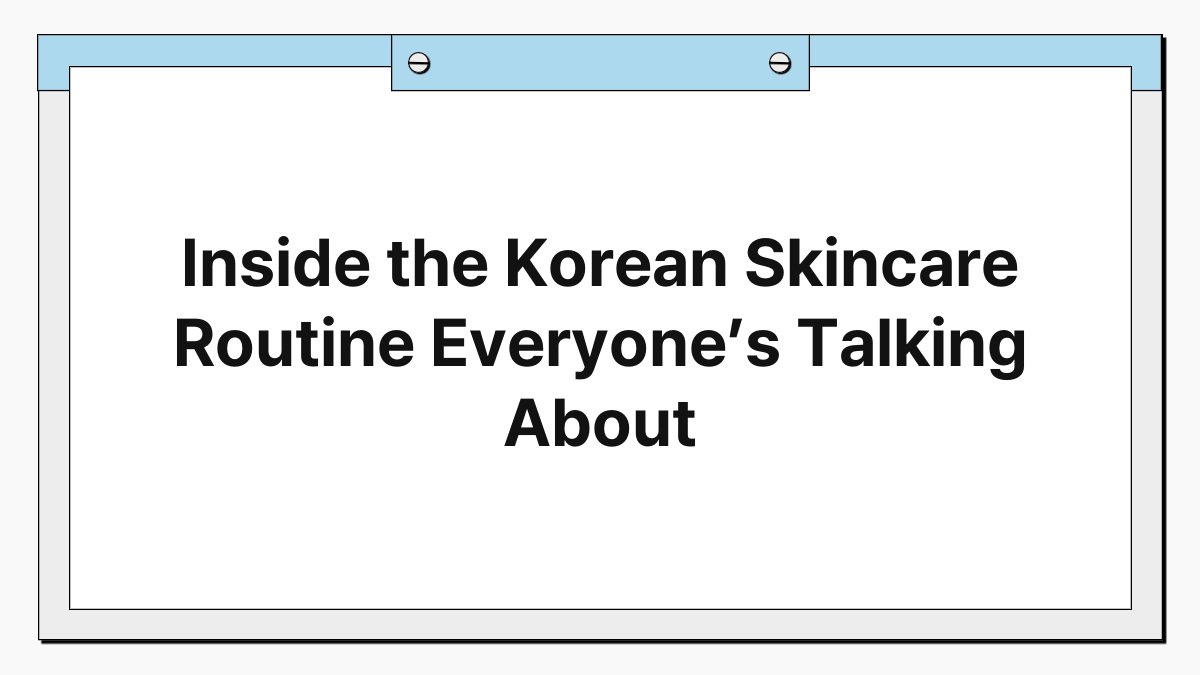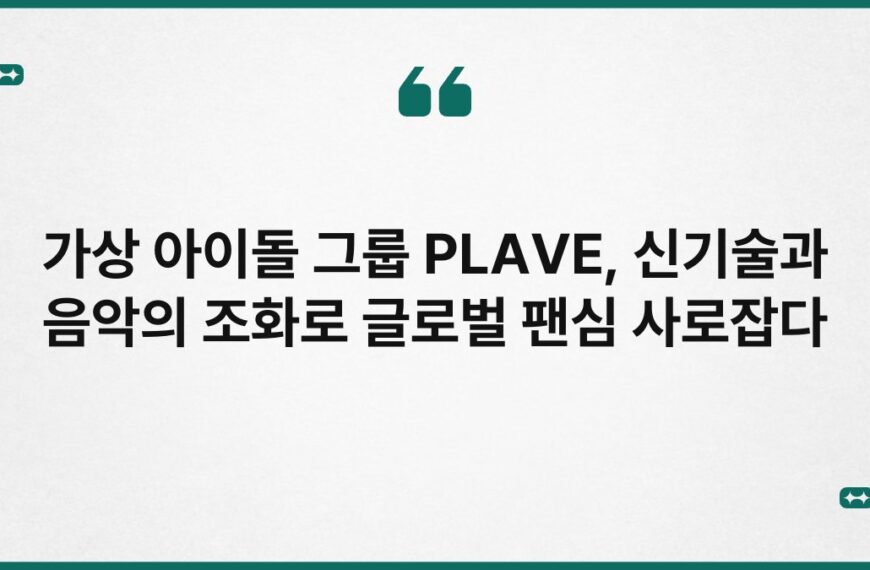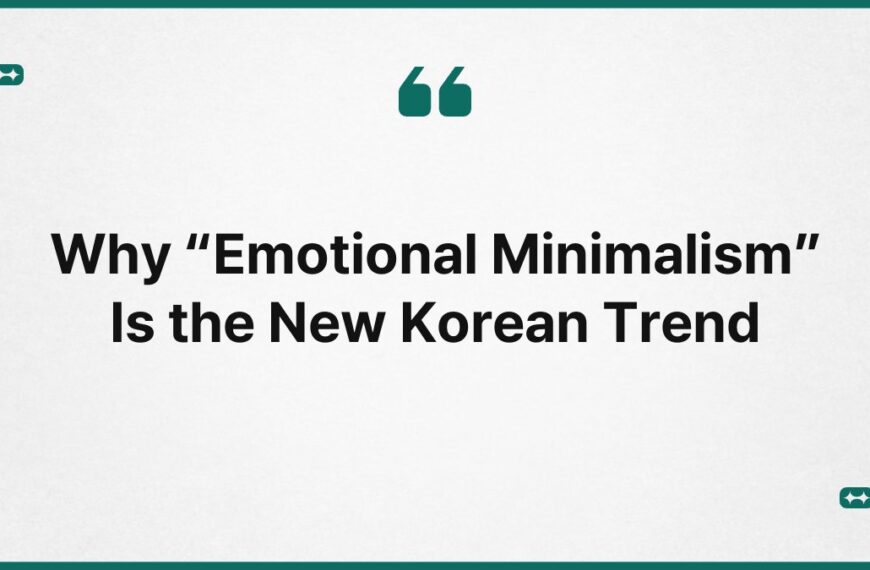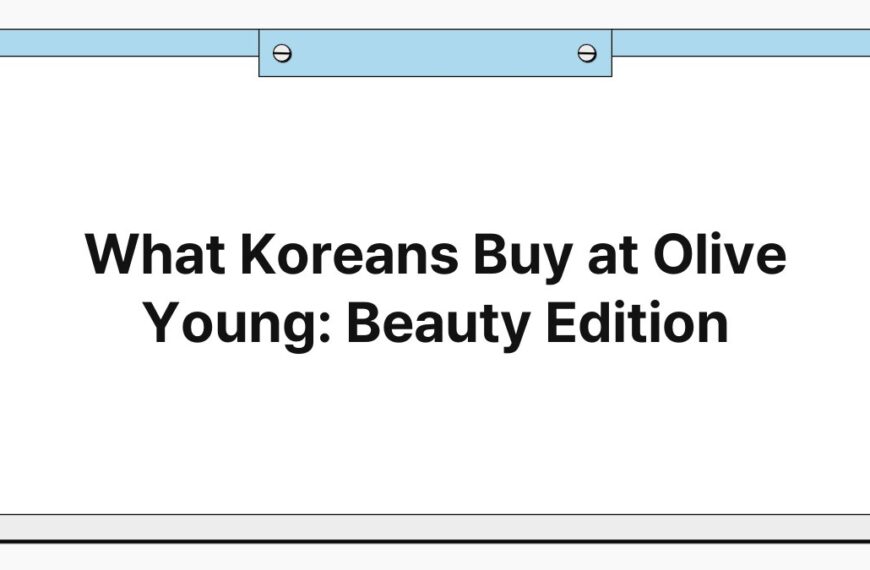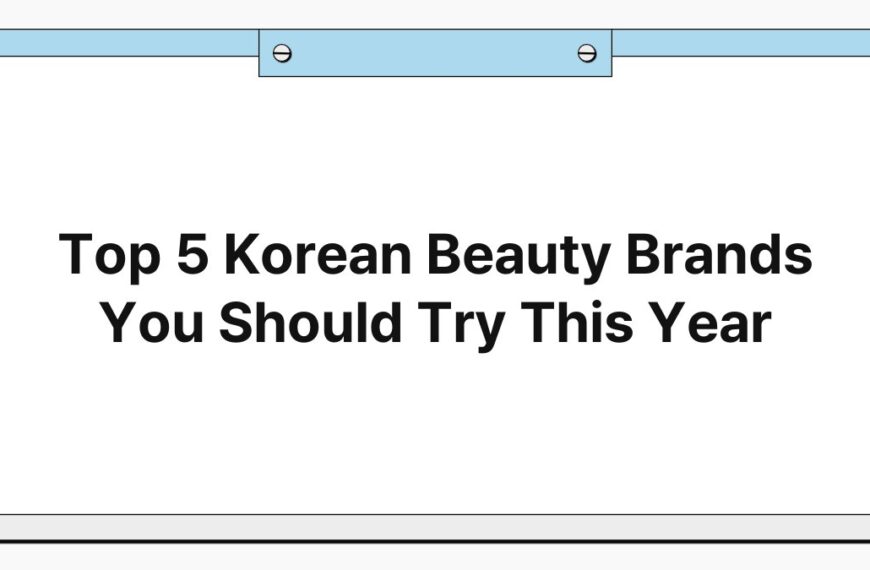[K-Bridge/Samuel] Inside the Korean Skincare Routine Everyone’s Talking About has gained significant attention worldwide, capturing the interest of beauty enthusiasts and skincare novices alike.
This routine emphasizes a multi-step approach that focuses on hydration, nourishment, and protection of the skin.
With its roots in traditional Korean beauty practices, it combines natural ingredients with innovative formulations.
The result is a comprehensive skincare regimen that promises healthier, glowing skin.
By reading this article, you will learn about the key components of the Korean skincare routine, the philosophy behind it, and tips on how to incorporate it into your daily life.
The Philosophy Behind the Korean Skincare Routine Everyone’s Talking About
The Korean skincare routine is more than just a series of steps; it embodies a philosophy that prioritizes skin health over quick fixes.
This approach stems from the belief that skincare should be a form of self-care, promoting not only physical beauty but also mental well-being.
In Korea, taking time for skincare is seen as a ritual that allows individuals to connect with themselves and their bodies.
This holistic view encourages people to understand their skin’s unique needs rather than adhering to one-size-fits-all solutions.
Moreover, the Korean skincare philosophy emphasizes prevention over correction.
Instead of waiting for skin issues to arise, this routine encourages proactive measures to maintain skin health.
Ingredients are chosen carefully, often derived from nature, to provide nourishment and protection.
This forward-thinking mindset leads to long-term benefits, resulting in a radiant complexion that reflects overall health.
The integration of cultural elements also plays a significant role in this skincare philosophy.
Traditional Korean beauty practices often draw from historical texts and natural remedies, blending ancient wisdom with modern science.
This rich heritage informs product development, ensuring that formulations are both effective and safe.
Ultimately, the Korean skincare routine represents a commitment to self-love and the understanding that true beauty comes from within.
The Essential Steps of the Korean Skincare Routine Everyone’s Talking About
At the heart of the Korean skincare routine lies a series of essential steps designed to cleanse, exfoliate, hydrate, and protect the skin.
Each step serves a specific purpose, contributing to the overall health and appearance of the skin.
The routine typically begins with a double cleansing method, where an oil-based cleanser removes makeup and impurities, followed by a water-based cleanser that ensures a thorough cleanse.
This two-step process is crucial for removing all traces of dirt and makeup, setting the stage for subsequent treatments.
Exfoliation follows, which is vital for removing dead skin cells and promoting cell turnover.
This step can be achieved through physical exfoliants like scrubs or chemical exfoliants containing AHAs or BHAs.
Regular exfoliation helps to reveal a smoother, brighter complexion while preventing clogged pores.
It is essential, however, to balance exfoliation with the skin’s needs, as over-exfoliation can lead to irritation.
Next comes toning, a step often overlooked in Western skincare routines.
Toners in the Korean regimen are hydrating and help to restore the skin’s pH balance after cleansing.
They prepare the skin for better absorption of subsequent products, enhancing their effectiveness.
Following toning, serums and essences are applied, focusing on specific skin concerns such as hydration, brightening, or anti-aging.
These concentrated treatments deliver potent ingredients deep into the skin, maximizing their benefits.
Finally, the routine concludes with a moisturizer to lock in hydration and a sunscreen during the day to protect against UV damage.
This comprehensive approach ensures that each layer works synergistically, resulting in healthier, more resilient skin.
Key Ingredients in the Korean Skincare Routine Everyone’s Talking About
The success of the Korean skincare routine can be attributed to its use of unique and effective ingredients.
Many products feature natural extracts that have been cherished for their beneficial properties.
For instance, ingredients like green tea, ginseng, and snail mucin are staples in Korean formulations.
Green tea is renowned for its antioxidant properties, helping to protect the skin from environmental stressors while providing a soothing effect.
Ginseng is another powerful ingredient, celebrated for its ability to energize and revitalize the skin.
It enhances circulation and promotes a youthful appearance, making it a popular choice in anti-aging products.
Snail mucin, derived from the secretion of snails, is packed with nutrients that aid in healing and hydration.
Its regenerative properties make it ideal for addressing scars and uneven skin tone.
In addition to these traditional ingredients, many Korean products incorporate innovative elements such as peptides and hyaluronic acid.
Peptides are known for their ability to stimulate collagen production, which is crucial for maintaining skin elasticity and firmness.
Hyaluronic acid, on the other hand, is a powerful humectant that attracts moisture to the skin, ensuring it remains plump and hydrated.
The combination of these diverse ingredients allows for a tailored skincare experience, addressing a wide range of concerns while promoting overall skin health.
The Importance of Layering in the Korean Skincare Routine Everyone’s Talking About
Layering is a fundamental principle in the Korean skincare routine, allowing for maximum absorption and efficacy of products.
Each layer serves a specific purpose, and the order of application is crucial for achieving optimal results.
The concept of layering involves applying products from the lightest to the heaviest in terms of texture.
This method ensures that lighter formulations penetrate the skin effectively before sealing in moisture with heavier products.
Starting with a lightweight essence or serum allows for targeted treatment of specific skin concerns.
These products often contain high concentrations of active ingredients, making them essential for addressing issues such as fine lines, pigmentation, or dehydration.
Following this, a moisturizer is applied to lock in hydration and create a protective barrier against environmental aggressors.
Additionally, layering allows for customization based on individual skin types and concerns.
For instance, those with oily skin may prefer lighter textures, while those with dry skin can opt for richer creams.
This flexibility enables individuals to adapt the routine to their specific needs, making it a versatile approach to skincare.
Furthermore, the act of layering can be therapeutic, providing a moment of self-care and mindfulness in a busy day.
Taking the time to apply each product with intention can enhance the overall experience, turning a daily chore into a cherished ritual.
Common Mistakes in the Korean Skincare Routine Everyone’s Talking About
Despite its popularity, many individuals make common mistakes when trying to adopt the Korean skincare routine.
One frequent error is skipping steps or not following the recommended order of application.
Each step in the routine is designed to build upon the previous one, and omitting any can compromise the overall effectiveness.
For instance, neglecting to apply toner can hinder the absorption of serums and moisturizers, leading to suboptimal results.
Another mistake is over-exfoliating, which can strip the skin of its natural oils and lead to irritation.
While exfoliation is essential for maintaining a healthy complexion, it is crucial to find a balance that works for your skin type.
Generally, exfoliating two to three times a week is sufficient for most individuals, but those with sensitive skin may need to limit this further.
Additionally, many people overlook the importance of sunscreen in their daily routine.
Sun protection is vital for preventing premature aging and skin damage, yet it is often neglected.
Incorporating a broad-spectrum sunscreen as the final step in the morning routine is essential for safeguarding the skin from harmful UV rays.
Lastly, individuals may become overwhelmed by the sheer number of products available, leading to a trial-and-error approach that can be counterproductive.
It is important to start with a few key products and gradually introduce new ones based on individual needs and responses.
How to Personalize Your Korean Skincare Routine Everyone’s Talking About
Personalizing the Korean skincare routine is vital for achieving the best results tailored to your unique skin type and concerns.
The first step in this process is identifying your skin type, which can be classified as oily, dry, combination, or sensitive.
Understanding your skin’s needs allows you to select products that will effectively address those concerns.
For instance, individuals with oily skin may benefit from lightweight, oil-free formulations that control shine and minimize the appearance of pores.
In contrast, those with dry skin should focus on hydrating products rich in emollients and humectants to restore moisture.
Combination skin may require a balanced approach, using different products for various areas of the face.
Next, consider specific skin concerns such as acne, pigmentation, or aging.
Targeted treatments like serums or essences can be incorporated into the routine to address these issues directly.
For example, incorporating a vitamin C serum can help brighten the complexion and reduce dark spots, while retinol can be beneficial for fine lines and wrinkles.
Additionally, seasonal changes can influence the effectiveness of your skincare routine.
During colder months, skin may require more hydration, while warmer months may necessitate lighter formulations.
Being attentive to these changes allows for a dynamic approach that keeps the skin healthy throughout the year.
Tips for Maintaining Your Korean Skincare Routine Everyone’s Talking About
Maintaining a consistent Korean skincare routine is essential for achieving long-term results.
One effective tip is to establish a daily schedule that incorporates both morning and evening routines.
Consistency is key in skincare, and adhering to a regular regimen allows the skin to adapt and benefit from the cumulative effects of the products.
Another helpful strategy is to keep your skincare products organized and easily accessible.
This can help streamline your routine and prevent skipping steps.
Consider using a designated area in your bathroom or bedroom for your skincare products, making it easier to follow through with your regimen.
Moreover, it is essential to listen to your skin and adjust your routine as needed.
If you notice signs of irritation or breakouts, it may be a sign to simplify your routine or reassess the products you are using.
Incorporating patch tests when introducing new products can also help prevent adverse reactions.
Finally, remember that skincare is not solely about the products you use; it also involves adopting a healthy lifestyle.
Staying hydrated, eating a balanced diet, and managing stress can significantly impact your skin’s appearance.
By combining a dedicated skincare routine with healthy habits, you can achieve the best possible results.
Conclusion
The Korean skincare routine represents a holistic approach to skincare that prioritizes health, nourishment, and self-care.
By understanding its philosophy, essential steps, and key ingredients, individuals can effectively incorporate this routine into their lives.
Personalization and consistency are crucial for achieving desired results, while mindfulness and self-care enhance the overall experience.
As you embark on your journey with the Korean skincare routine, remember that true beauty is a reflection of both inner and outer well-being.

